Revolutions
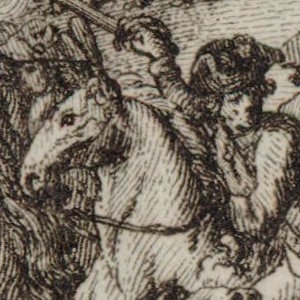
French Victory at the Battle of Jemmappes
This engraving first appeared in the newspaper Révolutions de Paris and shows the French General Charles–François Dumouriez entering the city of Mons after having led French forces to their first truly decisive victory of the war on 6 November 1792.

March of the Powers Allied against France
This engraving uses classical figures to depict allegorically an alliance of Prussia, Britain, and Austria, represented as "Tyranny, Hypocrisy, and Pride," who seek to divide the map of France among themselves, while the French Nation prepares to resist so as to bring peace and tranquility to all

Gallic Declaration of War, or, Bumbardment of all Europe
This scatological English cartoon mocks France’s claim that it was going to war for "liberty," suggesting instead that France’s body politic is ill and that England needs to fight back to defend itself from such sickness.
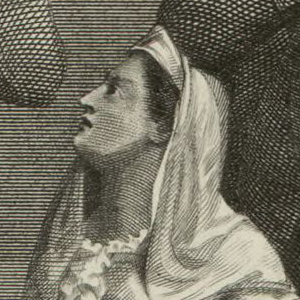
The Queen of Louis XVI King of France at the Guillotine, 16 October 1793
An idealized portrait of Marie Antoinette at the moment of death. Unlike the pale, aged woman the contemporaries observed, this later print memorialized a beautiful, absolutely pure, woman.

Execution of Marie Antoinette (16 October 1793) at the Place de la Révolution
This postcard in English and French does show the broader scene at the execution of the Queen. Before the guillotine stands Marie Antoinette with Sanson, the same executioner who had dispatched her husband ten months before.
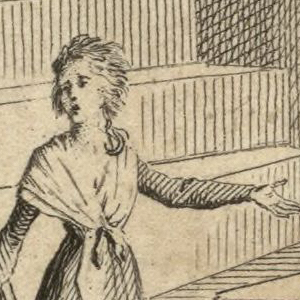
Image of the Queen’s Defense
The trial of the Queen is here depicted in a tinted engraving by Jean Duplessi–Bertaux as part of his series of Historical Scenes of the French Revolution.
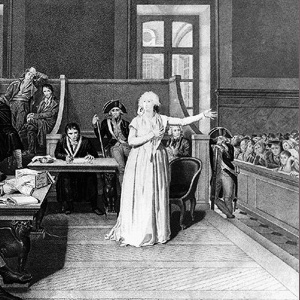
Trial of Marie Antoinette of Austria
Some months after the execution of her husband, Marie Antoinette found herself in the dock of the public prosecutor, Antoine Quentin Fouquier–Tinville.

The Queen Exhausted
An image produced well after the Revolution shows a Queen, assaulted by the gaze of the people, controlled by the soldier, and tentative in her stance and appearance.
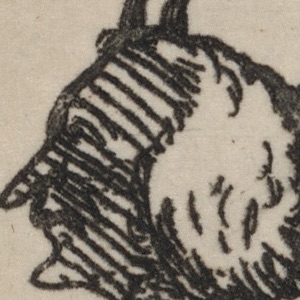
Hell Broke Loose, or, The Murder of Louis
In this English image, as the King’s head is about to fall into the executioner’s basket, bats out of Hell emerge, symbolizing the Revolution. At the same time, God’s favor seems to fall on Louis through a shaft of light coming from heaven.
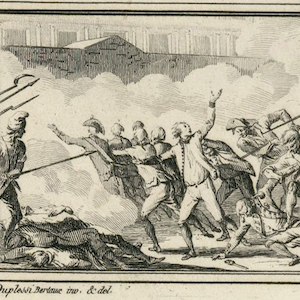
Louis XVI, King of France, born 23 August 1754, beheaded 21 January 1793
Louis quickly became a matyr to the royalist cause, as this and other memorials indicate.